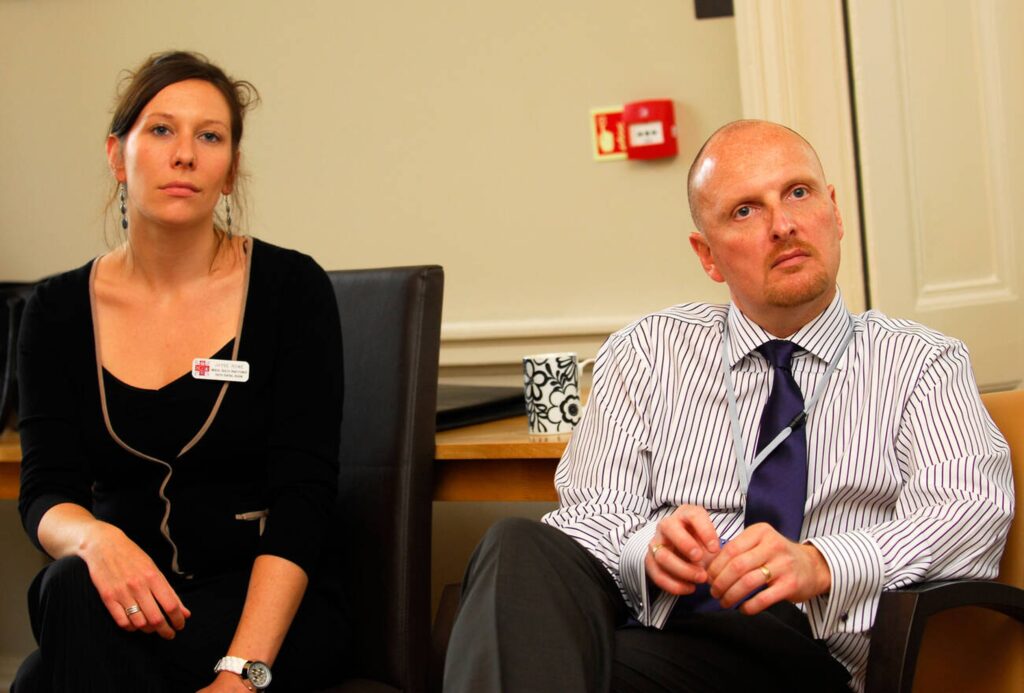Millions of people seek psychiatric service each year to address various mental health needs. These services play a critical role in diagnosing and treating conditions like anxiety, depression, and ADHD. With the right support, individuals can find effective strategies to improve their well-being and enjoy a better quality of life.

Psychiatric services have evolved significantly over the years. Initially, they focused mainly on severe mental disorders and institutional care. Today, many approaches integrate therapy, medication management, and holistic practices, ensuring that care is tailored to each person’s unique needs.
To navigate the world of psychiatric services effectively, it helps to understand their key components and the history that shaped their development. This knowledge empowers individuals to make informed decisions about their mental health care options.
Key Takeaways
- Psychiatric services are essential for a broad range of mental health concerns.
- These services have evolved from institutional care to personalized treatment plans.
- Understanding the components of psychiatric care helps individuals find the support they need.
History and Evolution of Psychiatric Services

Psychiatric services have changed significantly over the years. This section explores the transformation from early practices involving asylums to the development of modern psychiatry and advances in psychopharmacology.
Early Practices and Asylums
The treatment of mental illness has roots in ancient practices where various methods were used, including trepanation. In the 18th and 19th centuries, asylums became the primary places for the care of the mentally ill.
These institutions often focused on confinement rather than care. Early asylums, such as the Pennsylvania Hospital established in 1752, aimed to provide humane treatment. However, conditions were often poor, leading to overcrowding and mistreatment.
By the mid-20th century, many asylums in the U.S. faced increased scrutiny. Movements advocating for patient rights highlighted the need for reform, pushing for community-based care instead of long-term hospital stays.
Development of Modern Psychiatry
Modern psychiatry began to take shape in the late 19th century, influenced by advances in psychology and neurology. Figures like Sigmund Freud introduced new theories of mental illness, emphasizing the role of unconscious thoughts and early experiences.
The establishment of the American Psychiatric Association in 1844 provided a formal structure for the field. The publication of the Diagnostic and Statistical Manual of Mental Disorders (DSM) in 1952 allowed for standardized diagnosis and treatment approaches.
During the latter half of the 20th century, psychiatry expanded its focus beyond institutions, emphasizing community care and integrated approaches. This shift aimed to improve access and reduce stigma around mental health.
Psychopharmacology and the Biopsychosocial Model
In the mid-20th century, the development of psychotropic medications revolutionized treatment options. Drugs like chlorpromazine and antidepressants offered relief for many patients, leading to a decline in institutionalized care.
The biopsychosocial model emerged, recognizing the interplay of biological, psychological, and social factors in mental health. This approach encourages personalized treatment plans that consider various aspects of a person’s life.
Today, psychiatric services often include a combination of medication, therapy, and support systems tailored to individual needs. This shift reflects a more comprehensive understanding of mental health, promoting recovery and well-being.
Components of Psychiatric Services
Psychiatric services include various essential components that work together to support individuals with mental health needs. These components, including assessment, treatment, and ongoing care, create a comprehensive system aimed at improving mental health.
Assessment and Diagnosis
Assessment is the first step in psychiatric services. Mental health professionals conduct evaluations through interviews and standardized tests. This process helps in understanding the patient’s history, symptoms, and behavior.
A thorough diagnosis often includes gathering information about:
- Medical History: Previous health issues and treatments.
- Family History: Mental health issues within the family.
- Symptoms: Current feelings and behaviors.
Both clinical assessments and diagnostic criteria guide professionals in determining the appropriate treatment paths. Early and accurate diagnosis is crucial for effective intervention.
Treatment and Therapies
Treatment options vary based on individual needs and can include both medication and therapy. Medication may involve antidepressants, antipsychotics, or mood stabilizers, depending on the diagnosis.
Therapeutic approaches may cover:
- Cognitive Behavioral Therapy (CBT): Focuses on changing negative thought patterns.
- Dialectical Behavior Therapy (DBT): Combines CBT with mindfulness techniques.
- Supportive Therapy: Offers emotional support and guidance.
These treatments aim to manage symptoms, improve coping skills, and enhance overall quality of life.
Continuum of Care
Continuum of care refers to an organized system of services that supports individuals throughout their treatment journey. It includes several levels of care to cater to varying needs.
Key components might consist of:
- Outpatient Services: Regular therapy sessions while living at home.
- Inpatient Care: Hospitalization for severe cases requiring close monitoring.
- Community Support Services: Programs that offer resources like job training and housing assistance.
This spectrum ensures that individuals receive appropriate care at different stages of their mental health journey. Access to a variety of support services can significantly enhance recovery outcomes for those with mental health challenges.














